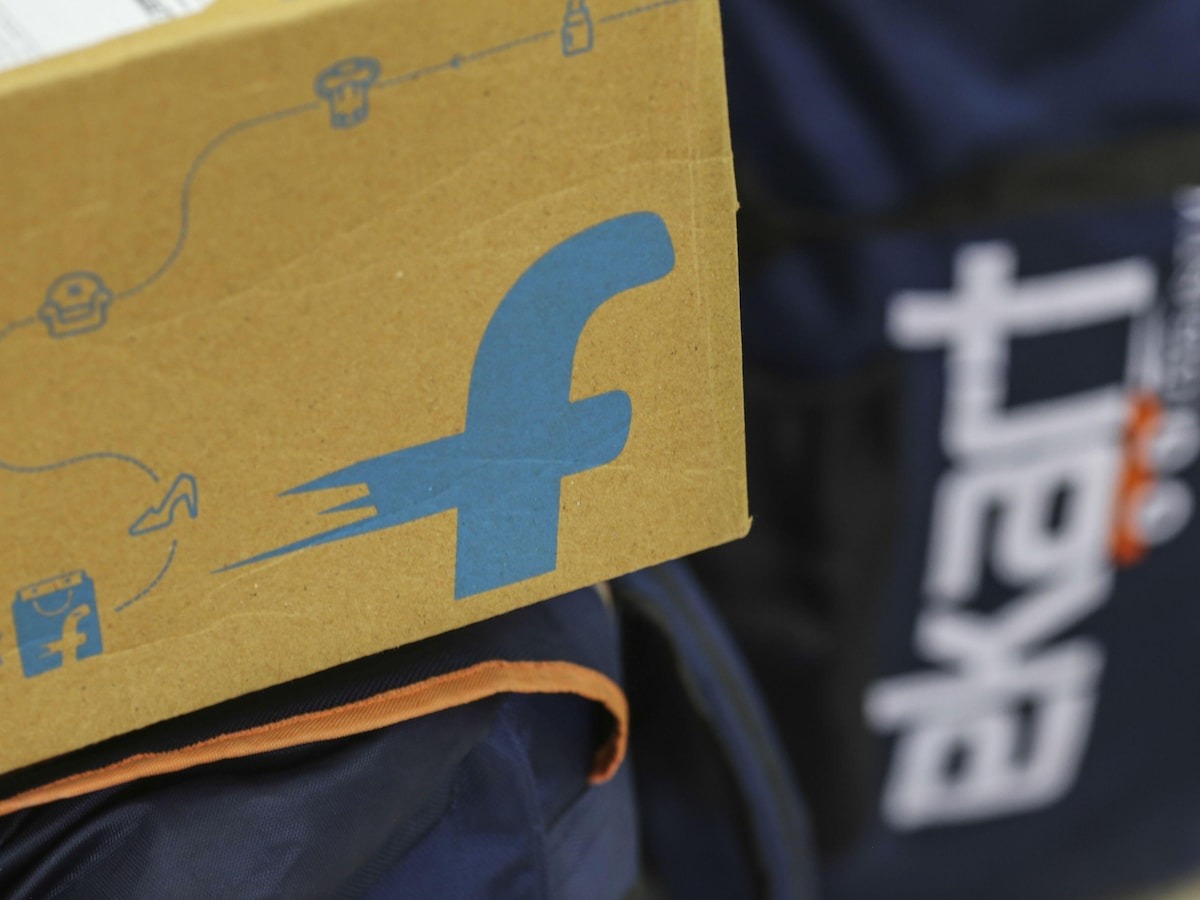
Follow WOWNEWS 24x7 on:

As India’s quick commerce sector accelerates with blistering speed, Flipkart’s logistics arm Ekart finds itself trailing behind more agile competitors. Despite years of investment and a $500 million infusion from its parent entity, Ekart’s performance in the fast-paced delivery segment remains underwhelming. With rivals like Blinkit, Zepto, and Swiggy Instamart dominating the 10-minute delivery space, questions are mounting over whether Flipkart has missed the quick commerce bus altogether.
The issue is not just about speed—it’s about strategic alignment, operational independence, and the ability to adapt to evolving consumer expectations. A recent analysis by Inc42 and industry observers paints a picture of a logistics giant struggling to find its footing in a market that rewards nimbleness and hyperlocal execution.
Key Observations From The Current Landscape
- Ekart’s deep integration with Flipkart and Myntra has limited its flexibility to serve third-party quick commerce platforms
- Myntra’s MNow service, which promises rapid delivery, still relies on external logistics providers instead of Ekart
- Flipkart’s own quick commerce initiative, Minutes, is expanding but remains overshadowed by competitors with stronger last-mile networks
- Logistics costs continue to weigh heavily on unit economics, making operational efficiency a critical differentiator
Why Ekart Is Lagging Behind
Ekart was originally designed to support Flipkart’s e-commerce backbone, focusing on scheduled deliveries and large-scale warehousing. While this model works well for traditional online shopping, it lacks the agility required for quick commerce, which demands:
1. Hyperlocal fulfillment centers
2. Real-time inventory visibility
3. Dynamic routing and micro-warehousing
4. High-frequency, low-margin delivery cycles
Ekart’s infrastructure, though robust, is not optimized for these demands. Its dependency on Flipkart’s ecosystem has also restricted its ability to evolve independently, unlike competitors that have built dedicated quick commerce logistics arms.
Flipkart’s Quick Commerce Push: Is It Enough?
Flipkart launched its quick commerce vertical, Minutes, in early 2025, with operations now live in 19 cities. The platform focuses on delivering essentials, groceries, and fashion accessories within 30 minutes. CEO Kalyan Krishnamurthy has emphasized Minutes as a strategic growth lever, especially for user acquisition in Tier 1 and Tier 2 cities.
However, Minutes still relies heavily on third-party logistics providers for last-mile execution. Ekart’s limited role in this expansion raises concerns about internal alignment and long-term scalability. Without a dedicated quick commerce logistics strategy, Flipkart risks losing ground to rivals who have already mastered the model.
Consumer Expectations And Market Dynamics
A recent study by IOSR Journal of Business and Management highlights the growing importance of same-day and instant delivery in shaping consumer satisfaction. Key drivers include:
- Delivery speed and reliability
- Product condition upon arrival
- Real-time tracking and communication
Consumers increasingly view delivery as the final—and often most critical—touchpoint in their shopping experience. Brands that fail to meet these expectations risk losing loyalty and market share.
What Flipkart Needs To Do
To regain momentum, Flipkart must consider a strategic overhaul of Ekart’s operations. This could involve:
- Spinning off Ekart as an independent logistics entity focused on quick commerce
- Building micro-fulfillment centers in high-demand zones
- Investing in AI-driven routing and real-time inventory systems
- Partnering with local delivery startups to expand reach and reduce costs
The Road Ahead
India’s quick commerce market is projected to reach $5 billion by 2026, driven by urban demand and changing consumption habits. Flipkart, with its brand equity and financial muscle, still has a chance to compete—if it can realign its logistics strategy and empower Ekart to operate with greater autonomy.
The race is far from over, but the window to catch up is narrowing. Flipkart must decide whether Ekart will remain a legacy logistics arm or evolve into a future-ready delivery powerhouse.
Sources: Inc42, IOSR Journal of Business and Management, Outlook Business, Money9, Kalkine India.



